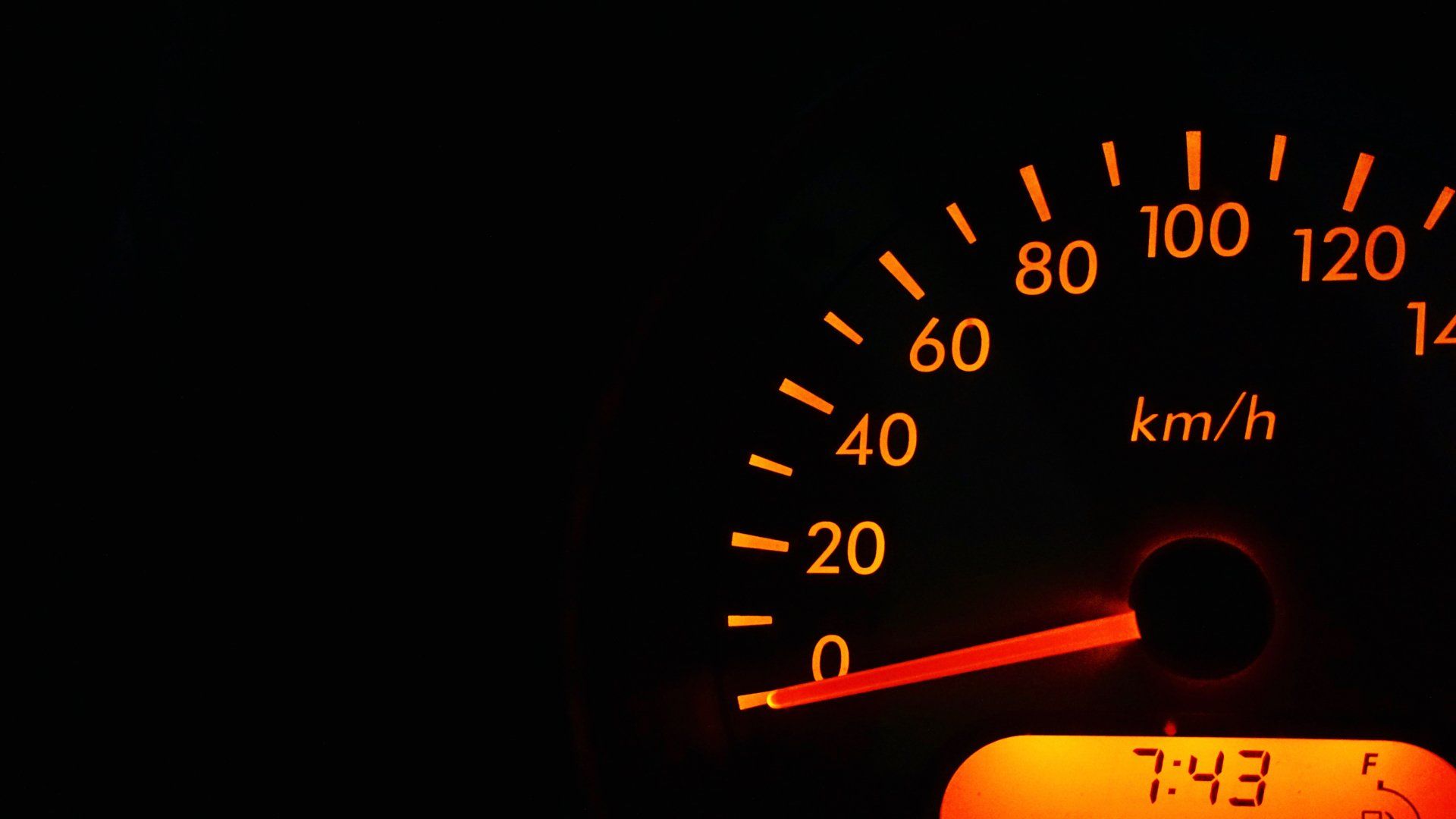How to detect odometer fraud
Preowned car buyers looking to buy from private sellers rather than dealerships typically understand that such an approach can be risky. When buying from a private seller, such purchases are typically as-is, and rarely are buyers protected with extended warranties that may be offered by dealers who specialize in preowned vehicles.
Buying from private sellers may also leave buyers more susceptible to fraud. Odometer fraud is one type of fraud that buyers must be especially wary of when buying a preowned vehicle from a private seller, and the following are a handful of ways buyers can determine if a car’s odometer has been tampered with.
· Examine the vehicle’s service history. Before buying a preowned vehicle, buyers should always request to see documentation of the vehicle’s service history. This can shed light on how well (or how poorly) the vehicle was taken care of, and it also can serve as a clue as to the authenticity of the number on the vehicle’s odometer. Vehicle mileage is often included on repair orders or receipts provided by auto repair shops, so such reports should give you a picture of how many miles the car was driven at given times throughout its history. If the numbers on the reports don’t match up with the figure on the odometer, then the odometer has likely been tampered with.
· Inspect the dashboard. A damaged dashboard is not always indicative of odometer fraud, but it should be enough to arouse your suspicions. Loose or missing screws on a dashboard or scrapes or scarring along the dashboard often occur when sellers attempt to reset their vehicles’ odometers. Again, such damage is not necessarily indicative of odometer fraud, but if you were already suspicious of the seller, then these additional signs should be enough to compel you to walk away and continue your vehicle search elsewhere.
· Ask to take the car to your own mechanic for an inspection. When buying a preowned car, prospective buyers should insist that they be allowed to take the car to their own mechanic to determine if it is worth buying. This protects sellers from buying a lemon and can help them determine if odometer fraud has occurred. An experienced mechanic can examine a car and determine how much wear and tear it has. If that wear and tear is more than the odometer suggests it should have, then the odometer has likely been tampered with.
· Insist on a vehicle history report. Whether buying from a dealership or private seller, buyers of preowned vehicles should always insist on seeing a vehicle history report. Mileage is always documented whenever a vehicle is registered with the state and whenever it undergoes state-mandated safety or emissions inspections. A vehicle history report from an agency like CarFax can provide buyers with a record of these registrations and inspections, and buyers can use that information to determine if the odometer on a given vehicle has been tampered with. If a seller refuses to provide a vehicle history report, walk away and continue your search until you find a buyer willing to provide the report.
Odometer fraud is employed by sellers who want to make their cars seem more attractive to prospective buyers. But buyers of preowned vehicles can employ several strategies to detect if a given vehicle’s odometer has been tampered with. SC153001
CATEGORIES : BRAKE REPAIR











